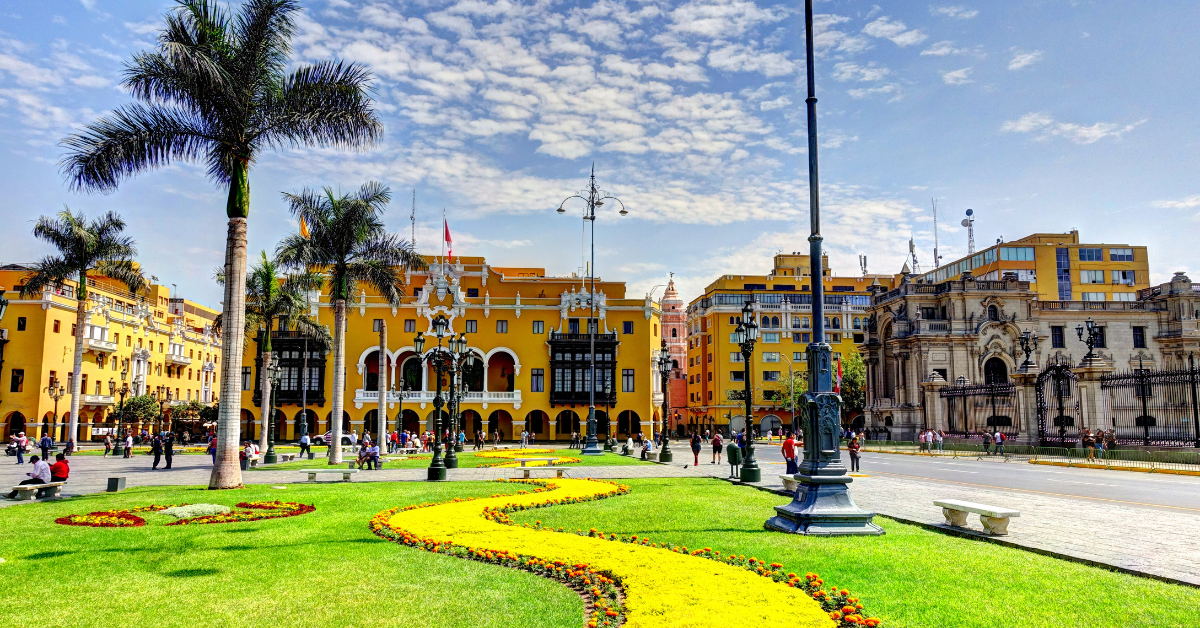Lima, the capital of Peru, has no official kanji representation. In Japanese, it is written in katakana as “リマ,” and the city leaves Japanese people with diverse impressions through tourism, culture, and sports. This article explores the background of its written form and examines the images Japanese people associate with Lima.
Lima Has No Kanji Representation
Lima is represented in Japanese by katakana transcription of the Spanish pronunciation. Unlike cities such as Beijing or Seoul, which have long-established kanji names in Japanese, Lima has never been expressed in kanji.
The reasons are:
- No direct connection to the kanji cultural sphere
- Alphabetic writing is the global standard
- Historically limited exposure in Japan
As a result, official documents, dictionaries, and newspapers consistently use katakana, and no unique kanji representation has developed.
The Image Japanese People Hold of Lima
For Japanese people, Lima is more than just another South American capital. It carries cultural, historical, and social significance.
A City of History and Culture
Founded in 1535 under Spanish rule, Lima preserves many colonial structures. Its historic center is a UNESCO World Heritage Site, and grand landmarks such as the cathedral and presidential palace give visitors the impression of walking through an open-air museum.
A Gateway for Tourism
For many Japanese travelers, Lima serves as the starting point to Machu Picchu or the Nazca Lines. With its international airport, hotels, and transport networks, it is widely recognized as the entryway to Peruvian tourism.
Connection with the Nikkei Community
Peru is home to many Japanese immigrants, and Lima in particular has a thriving Japanese-Peruvian community. With Japanese restaurants and cultural events, the city provides a sense of familiarity and comfort for visitors from Japan.
Summary of Japanese Impressions of Lima
| Image of Lima among Japanese people | Characteristics |
|---|---|
| City of History and Culture | Colonial architecture, UNESCO World Heritage old town |
| Tourism Hub | Gateway to Machu Picchu and the Nazca Lines |
| Presence of Nikkei Community | Spaces where Japanese culture can be felt |
| Major South American Metropolis | Political, economic, and cultural center |
Lima as a Sports City
Beyond culture and tourism, Lima is also known as a stage for sports.
The Soccer Capital
Soccer is Peru’s national sport, and Lima is home to several major clubs. Match days bring a citywide sense of unity, with passionate fans filling stadiums in a uniquely South American atmosphere.
Host of International Events
Lima hosted the 2019 Pan American Games, and has been modernizing its sports infrastructure. With renovated stadiums and improved facilities, Lima is gaining recognition as an international sports hub.
Japanese Connections through Sports
Japanese-Peruvian athletes representing Peru on the international stage bring the two countries closer together. Through sports, Lima strengthens its ties with Japan and enriches the impressions Japanese people have of the city.
Sports-related Impressions
| Perspective | Details |
|---|---|
| Soccer Culture | Major clubs, passionate fans |
| International Events | Pan American Games, upgraded facilities |
| Japanese-Peruvian Athletes | Symbolizing ties with Japan |
Tourist Highlights of Lima
Japanese visitors often focus on the following aspects when exploring Lima.
| Category | Examples |
|---|---|
| Historic Architecture | The Cathedral, San Francisco Church |
| Museums and Cultural Facilities | Gold Museum, National Museum of Archaeology |
| Cuisine | Ceviche, Nikkei-Peruvian fusion dishes |
As a tourist destination, Lima offers a multifaceted experience combining history, culture, cuisine, and sports.
Psychological Distance Between Lima and Japanese People
Though geographically far, Lima feels close to Japanese people thanks to its tourism, culture, sports, and the Nikkei community. Increasing numbers of Japanese are visiting for business or study, reinforcing the city’s role as a point of connection between Peru and Japan.
Conclusion
Lima has no kanji name; its official representation in Japanese is the katakana “リマ”. For Japanese people, Lima is a city of many layers: a World Heritage historic center, a gateway to South American tourism, and a sports capital with deep Nikkei ties.
It is not just a faraway capital, but a place where Japanese travelers and residents alike can feel a bond through history, culture, sports, and community. Lima will continue to be seen by Japanese people as a “distant yet familiar city.”






